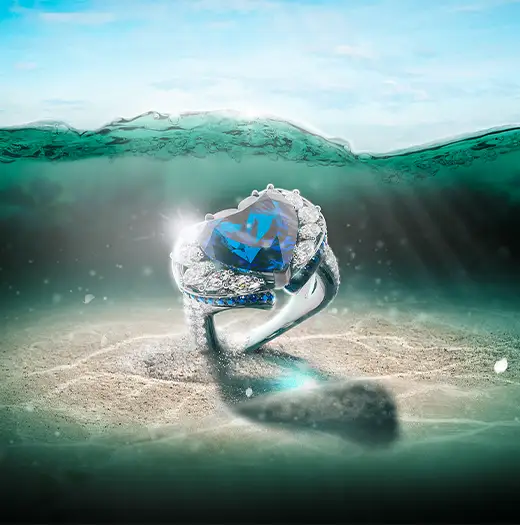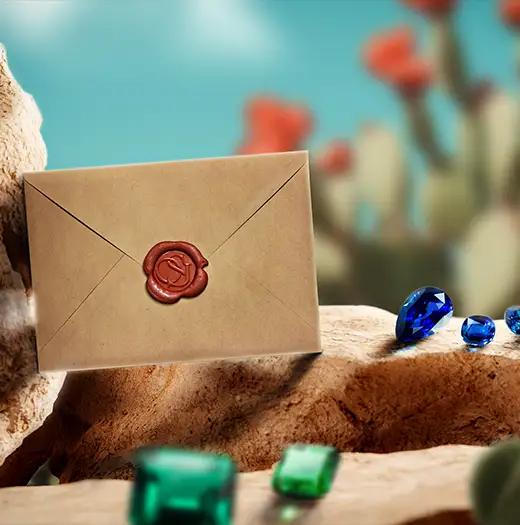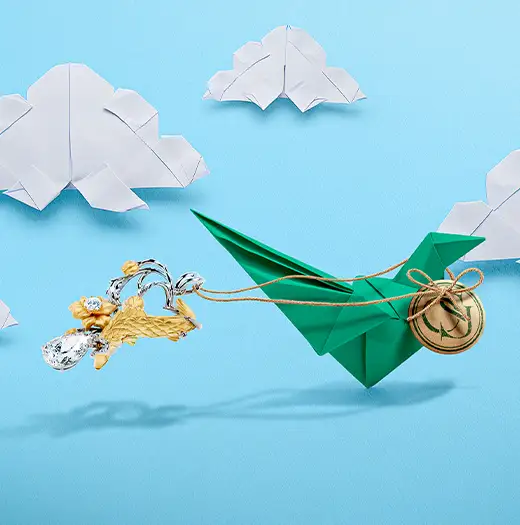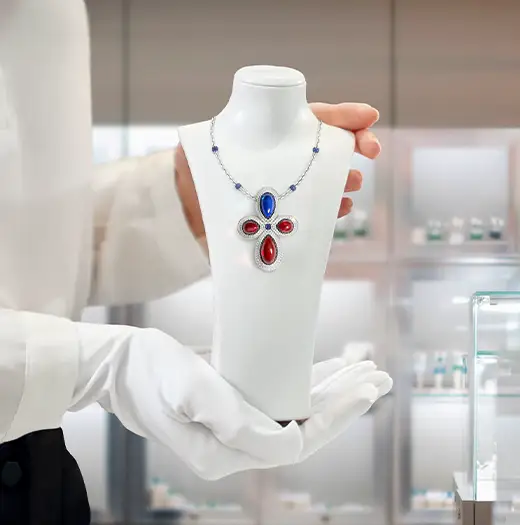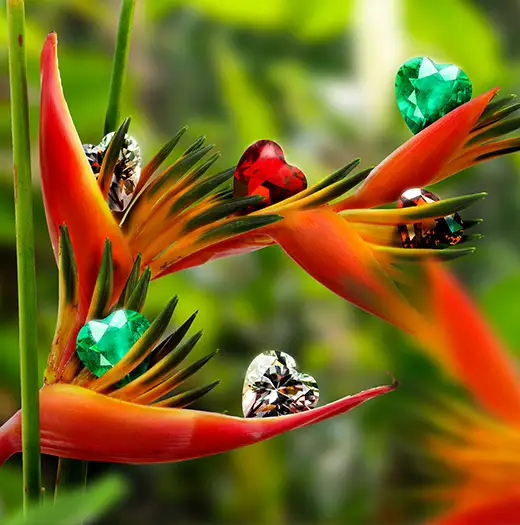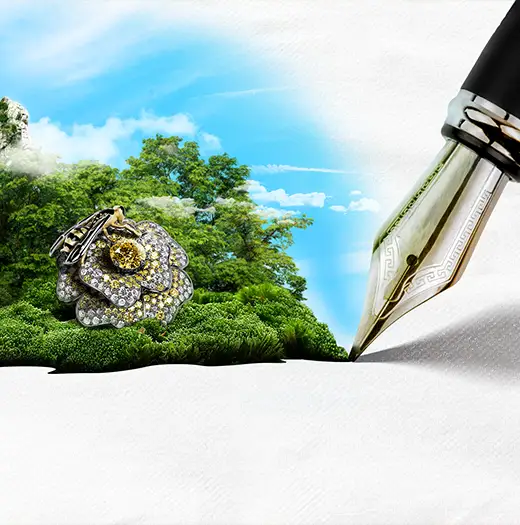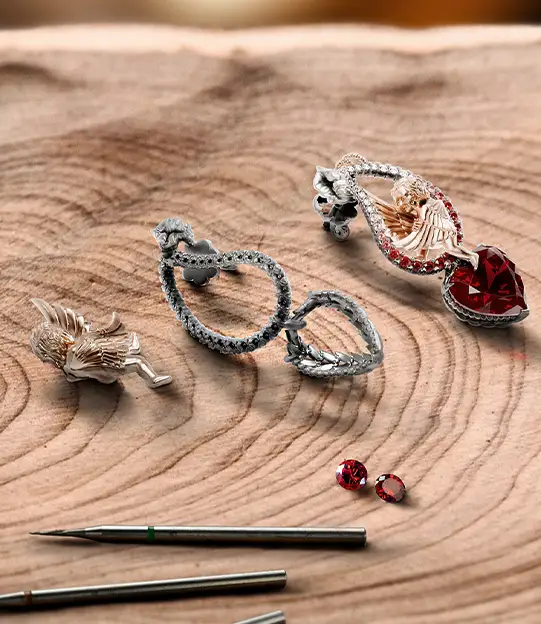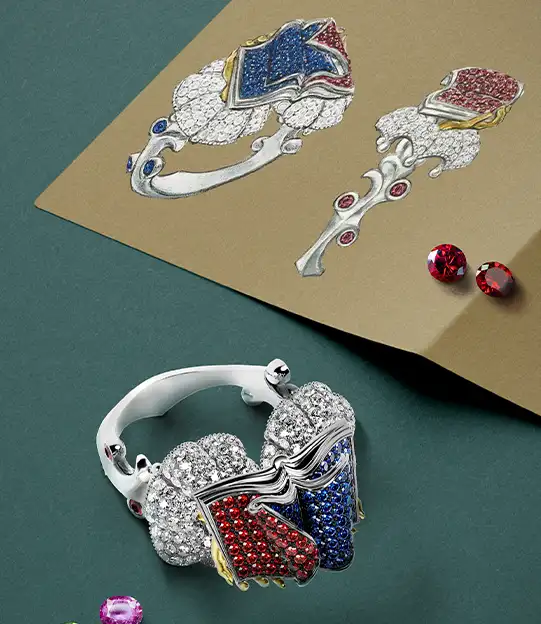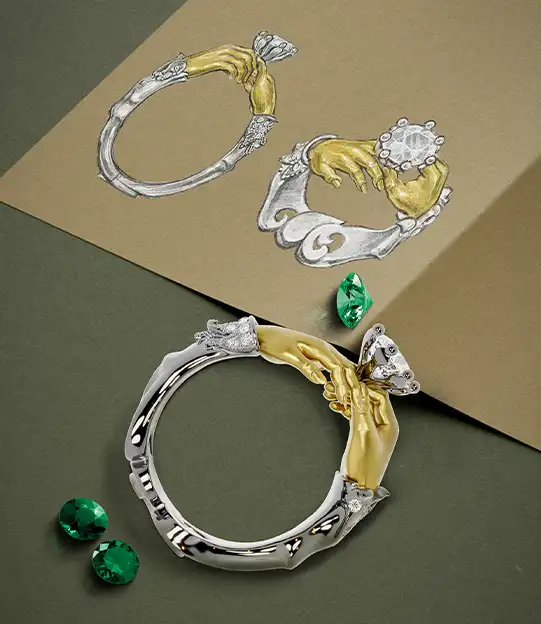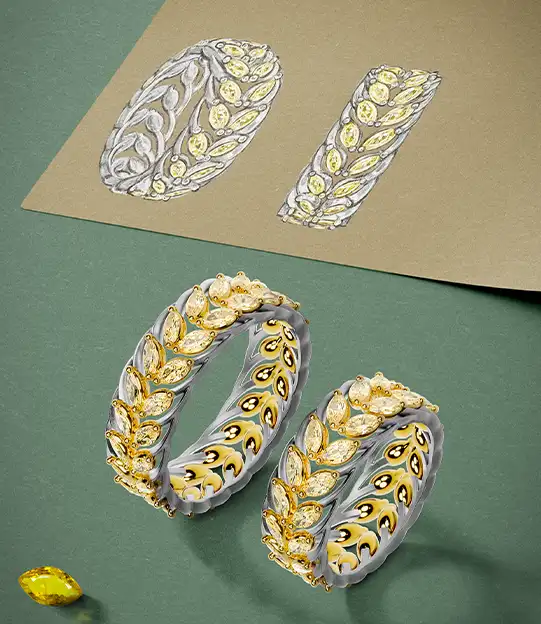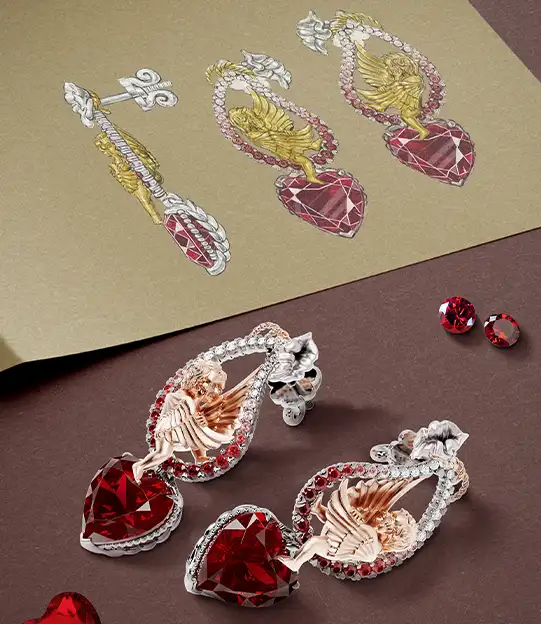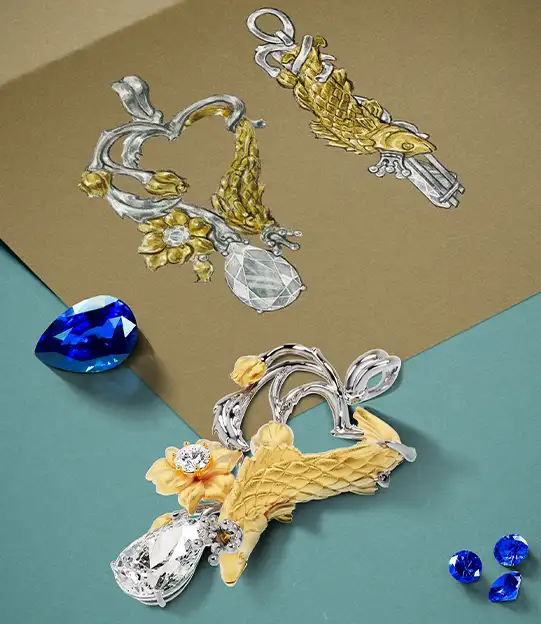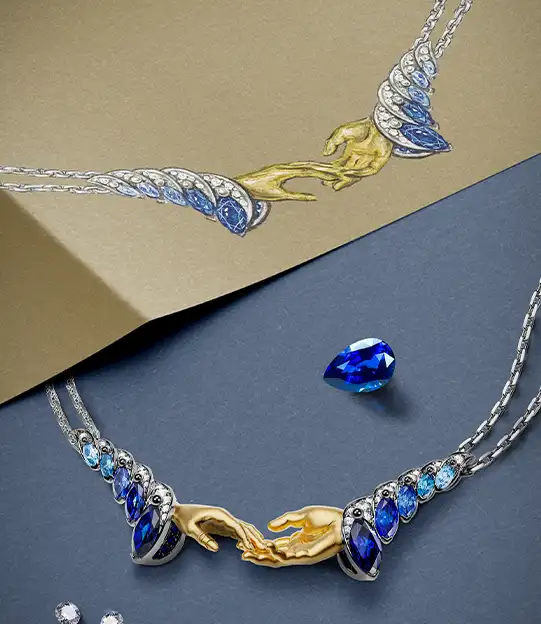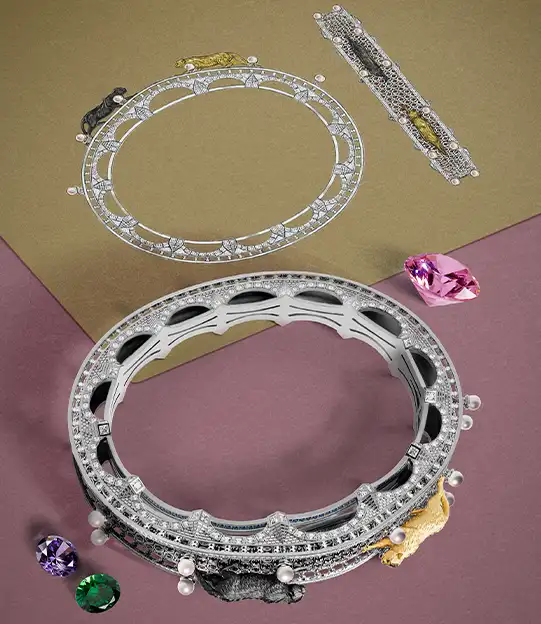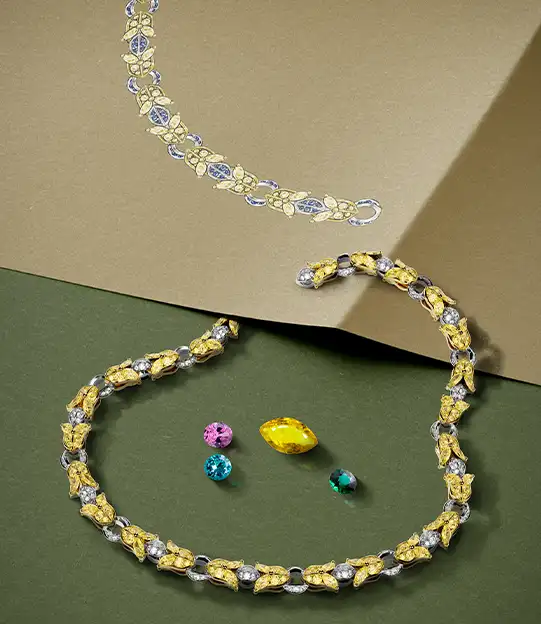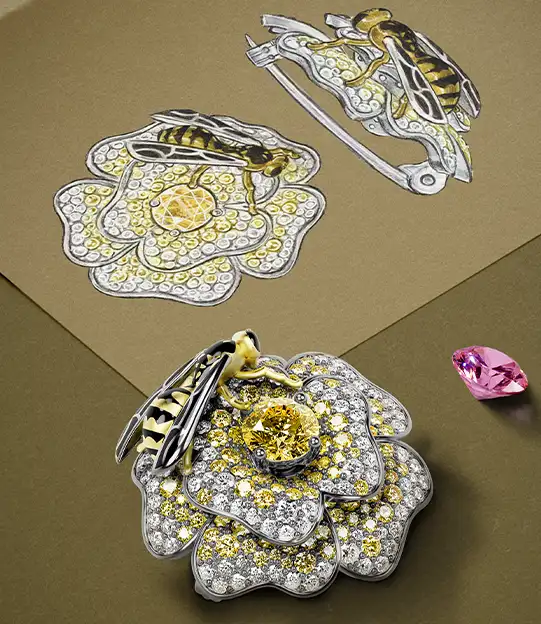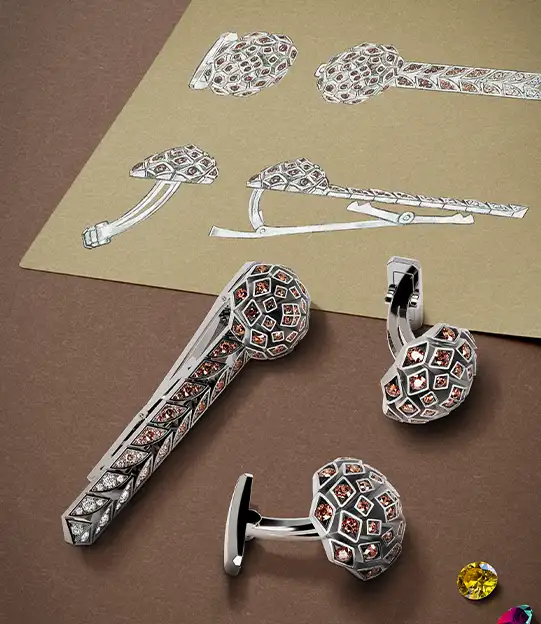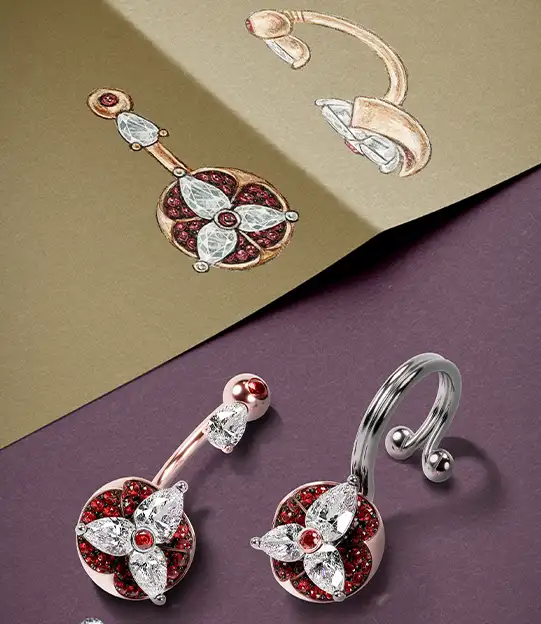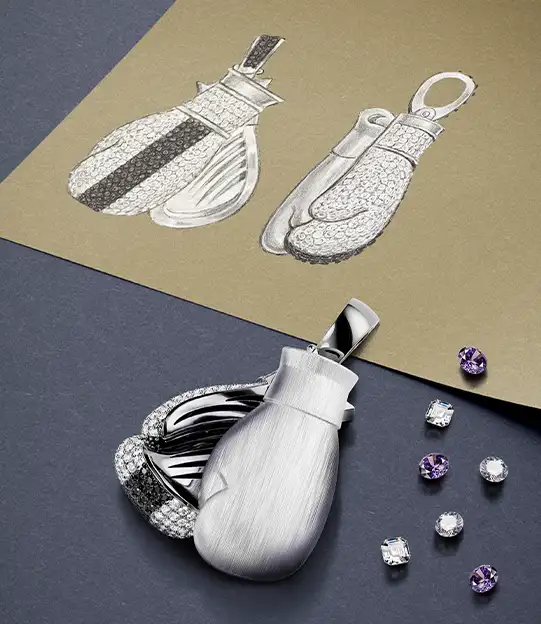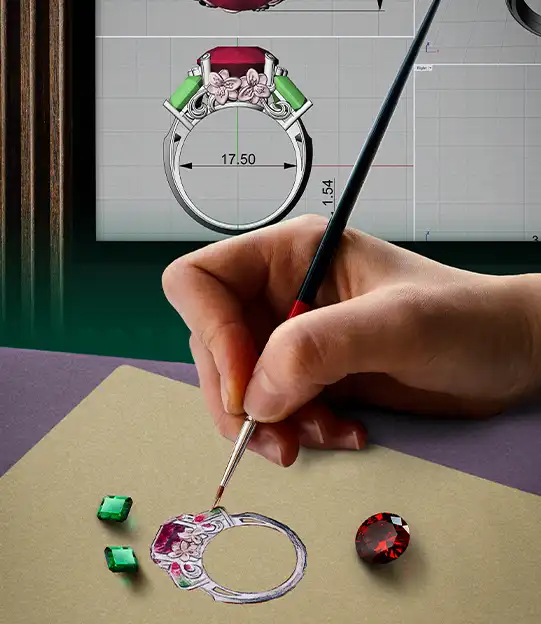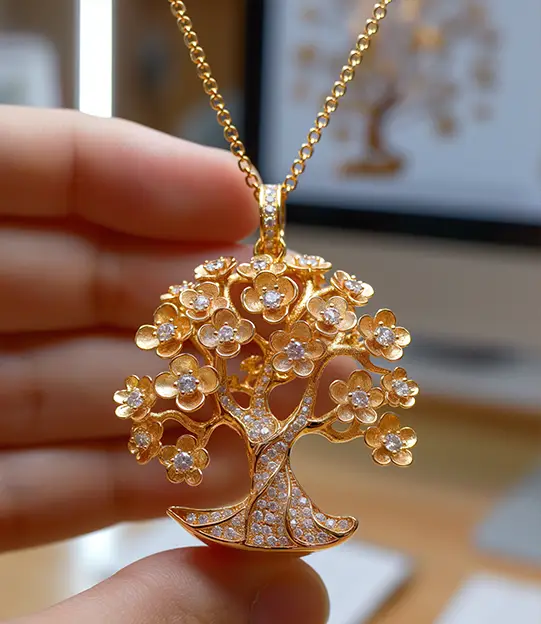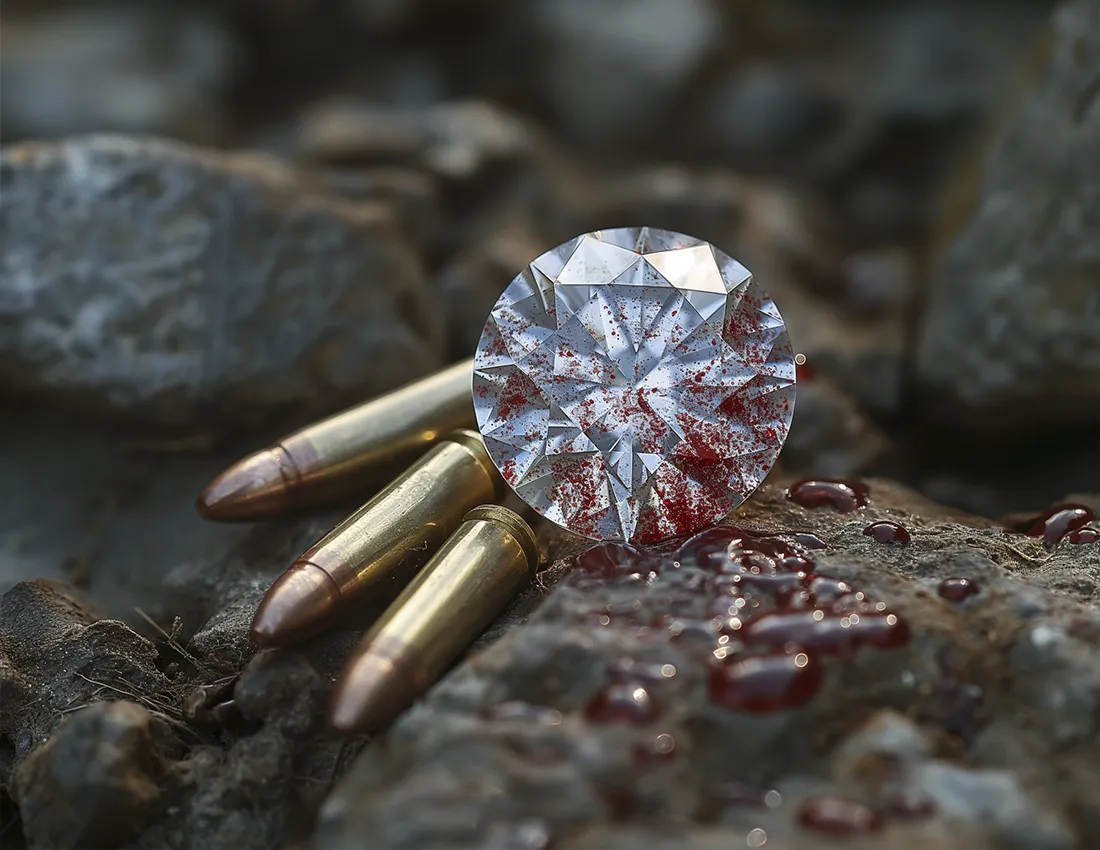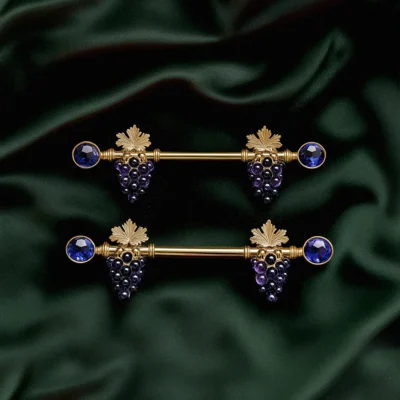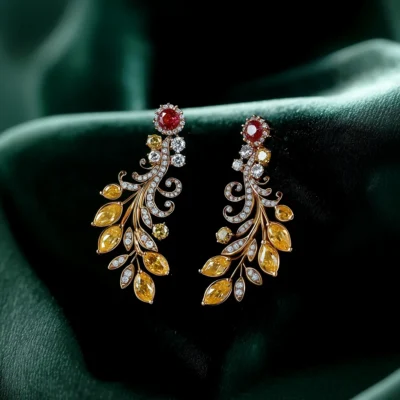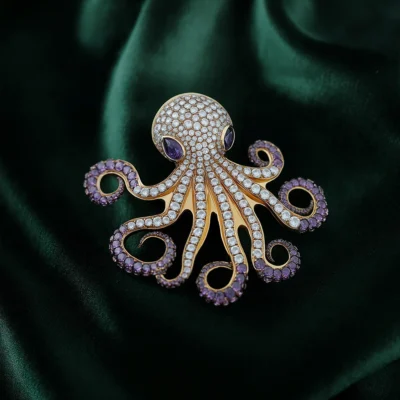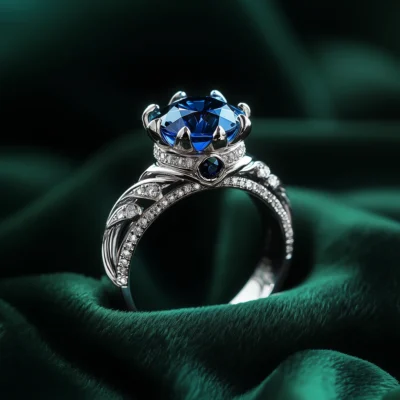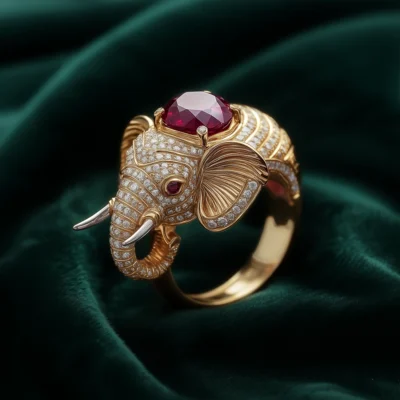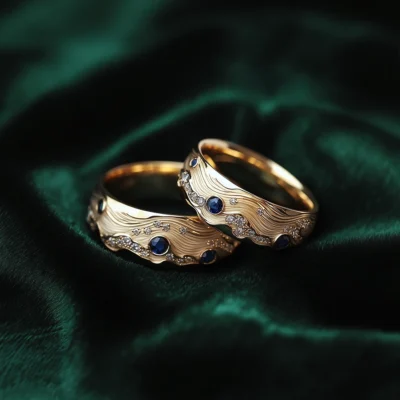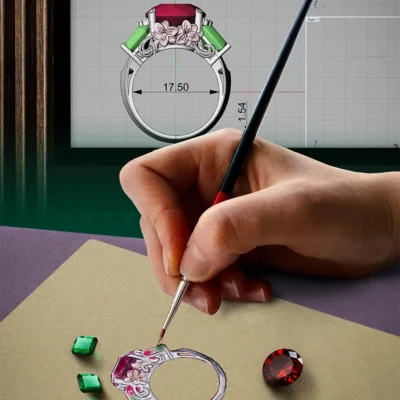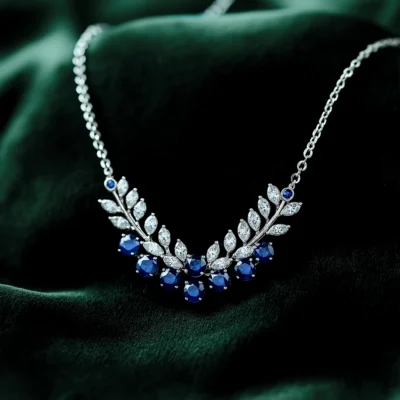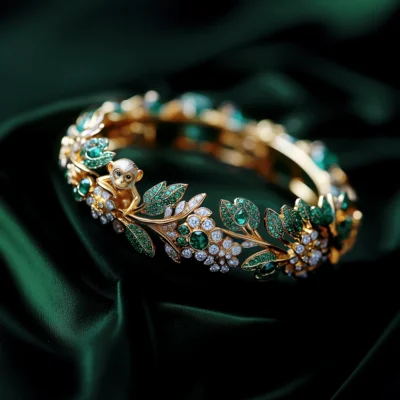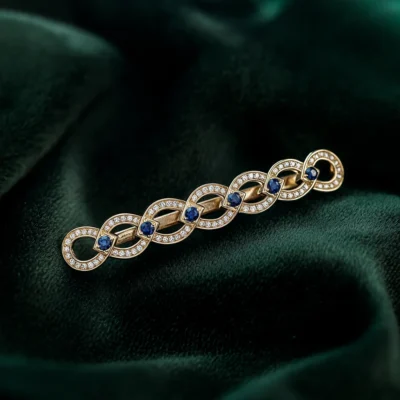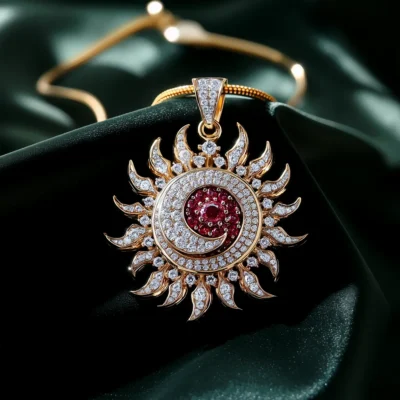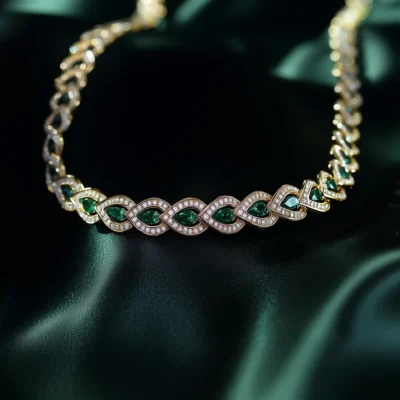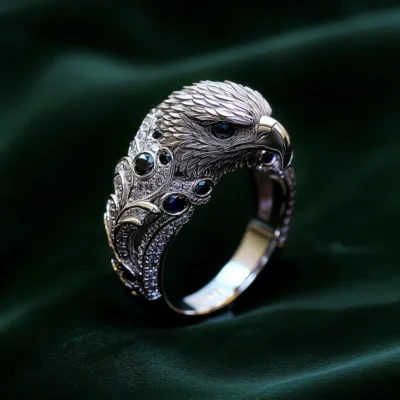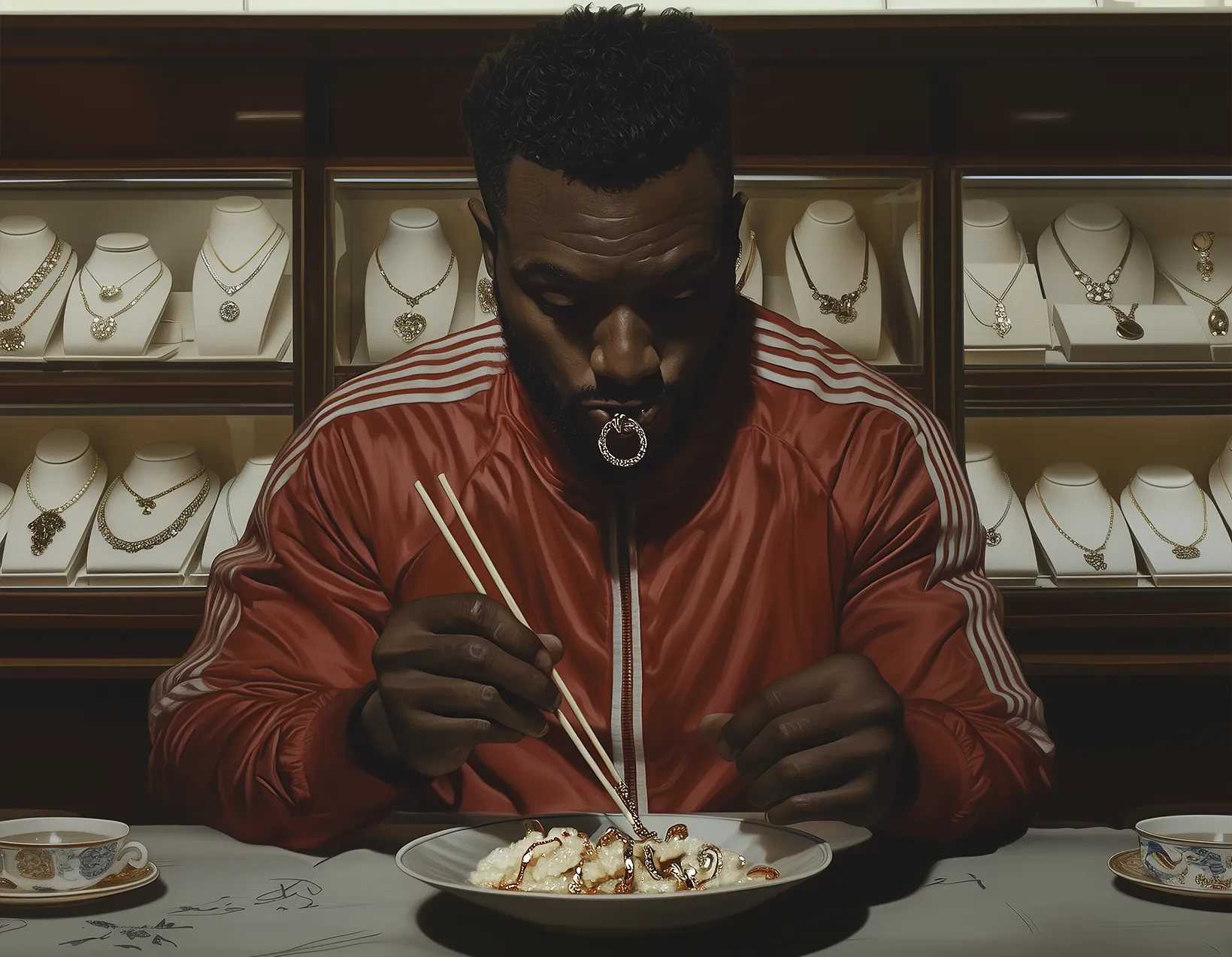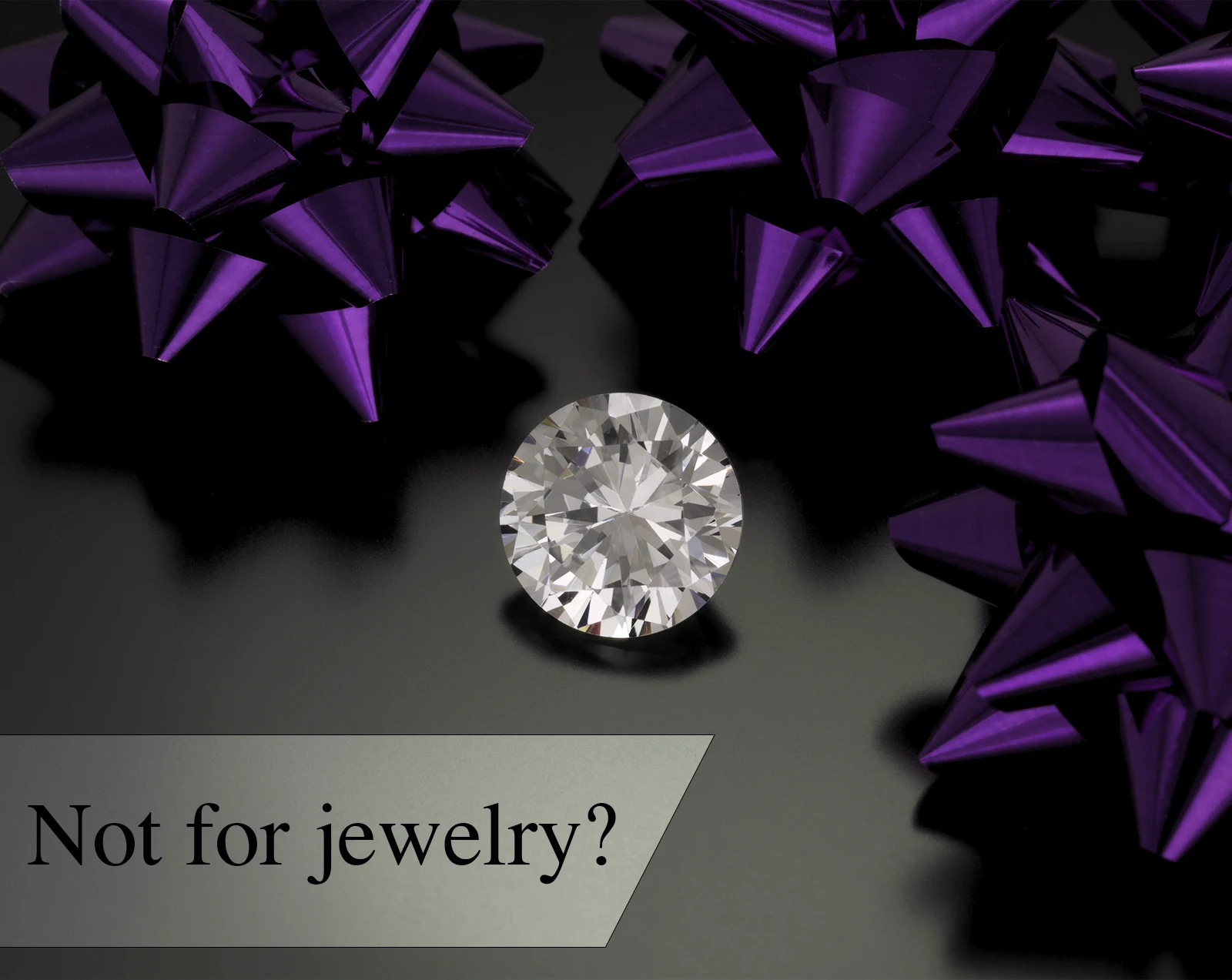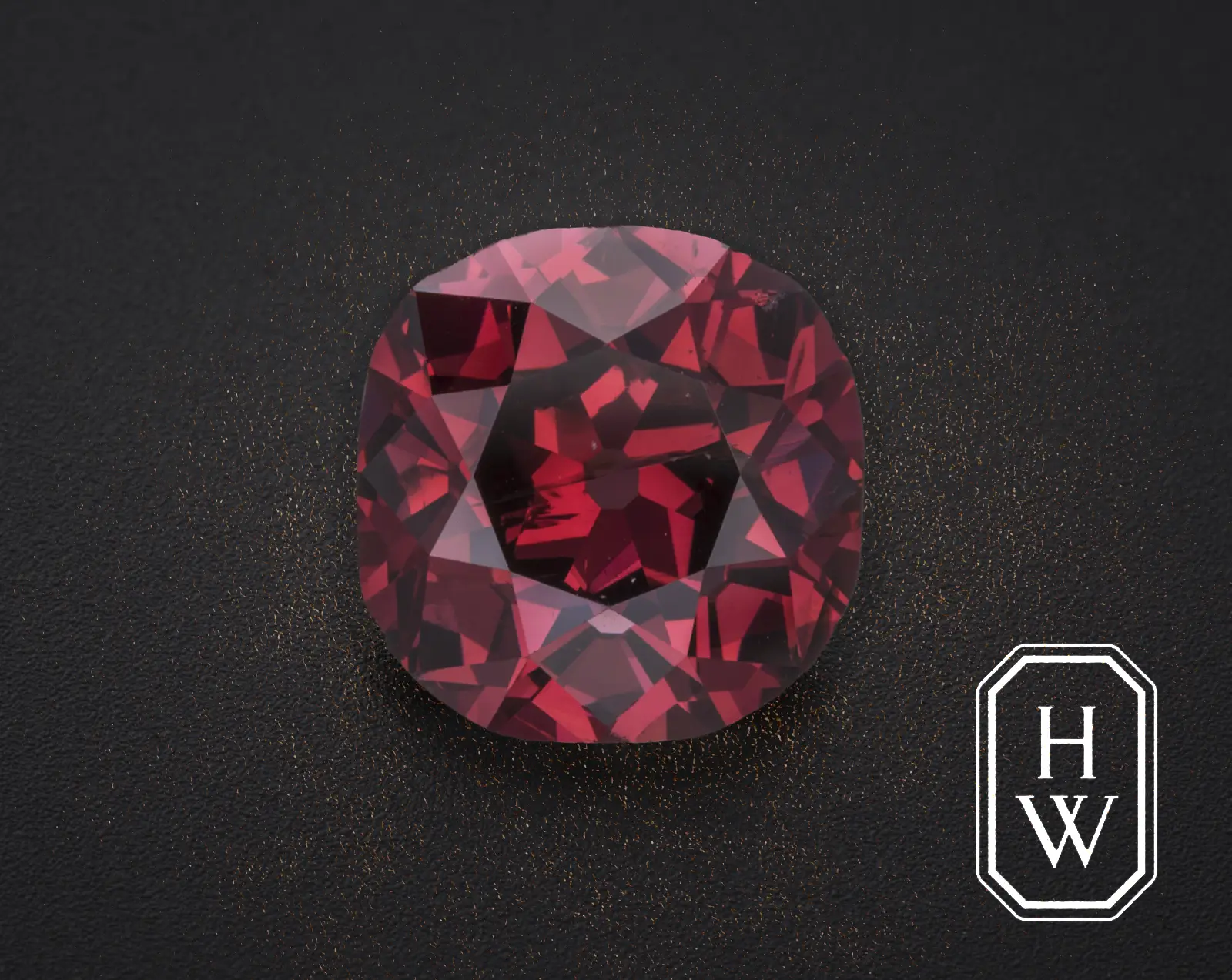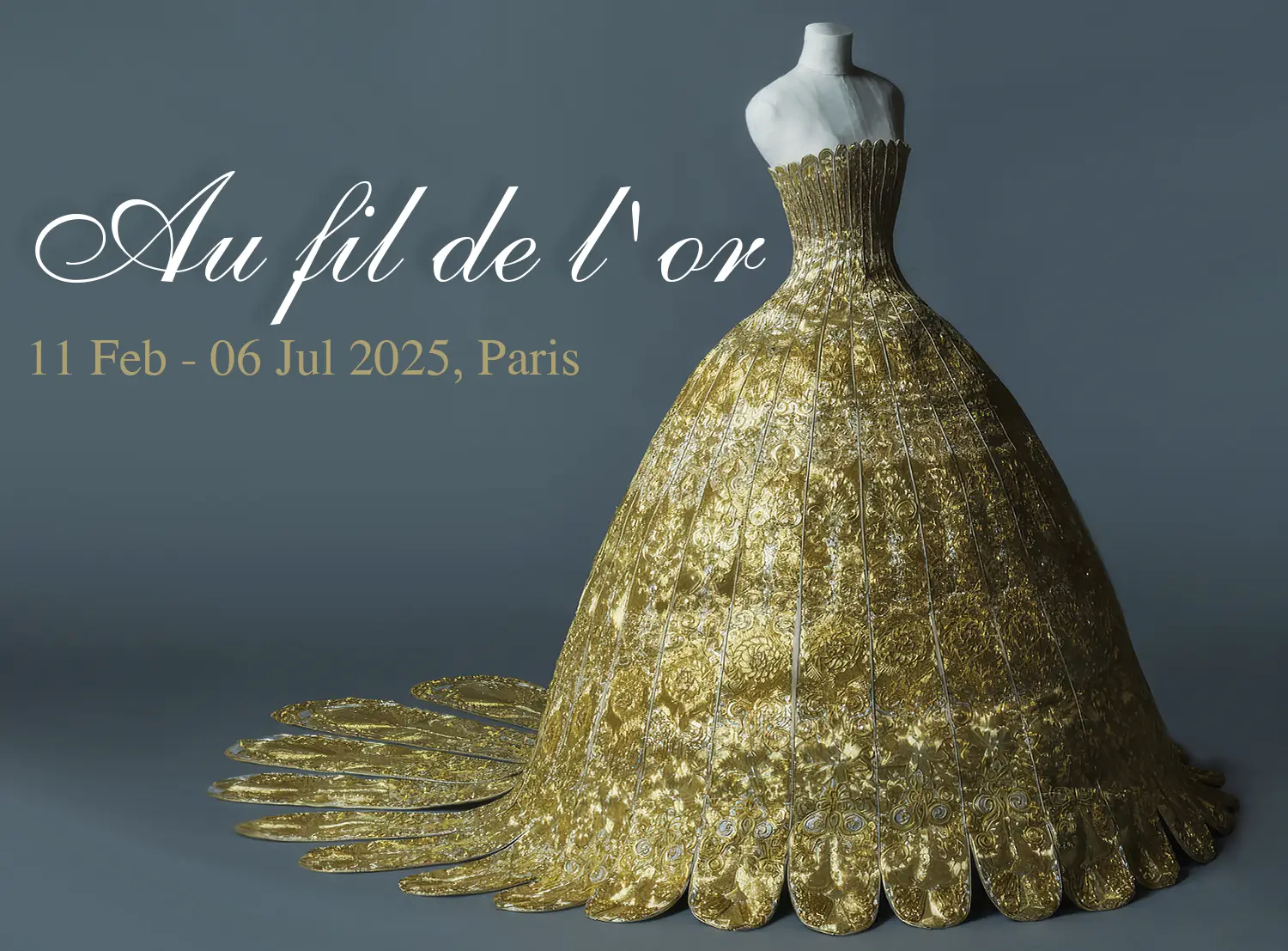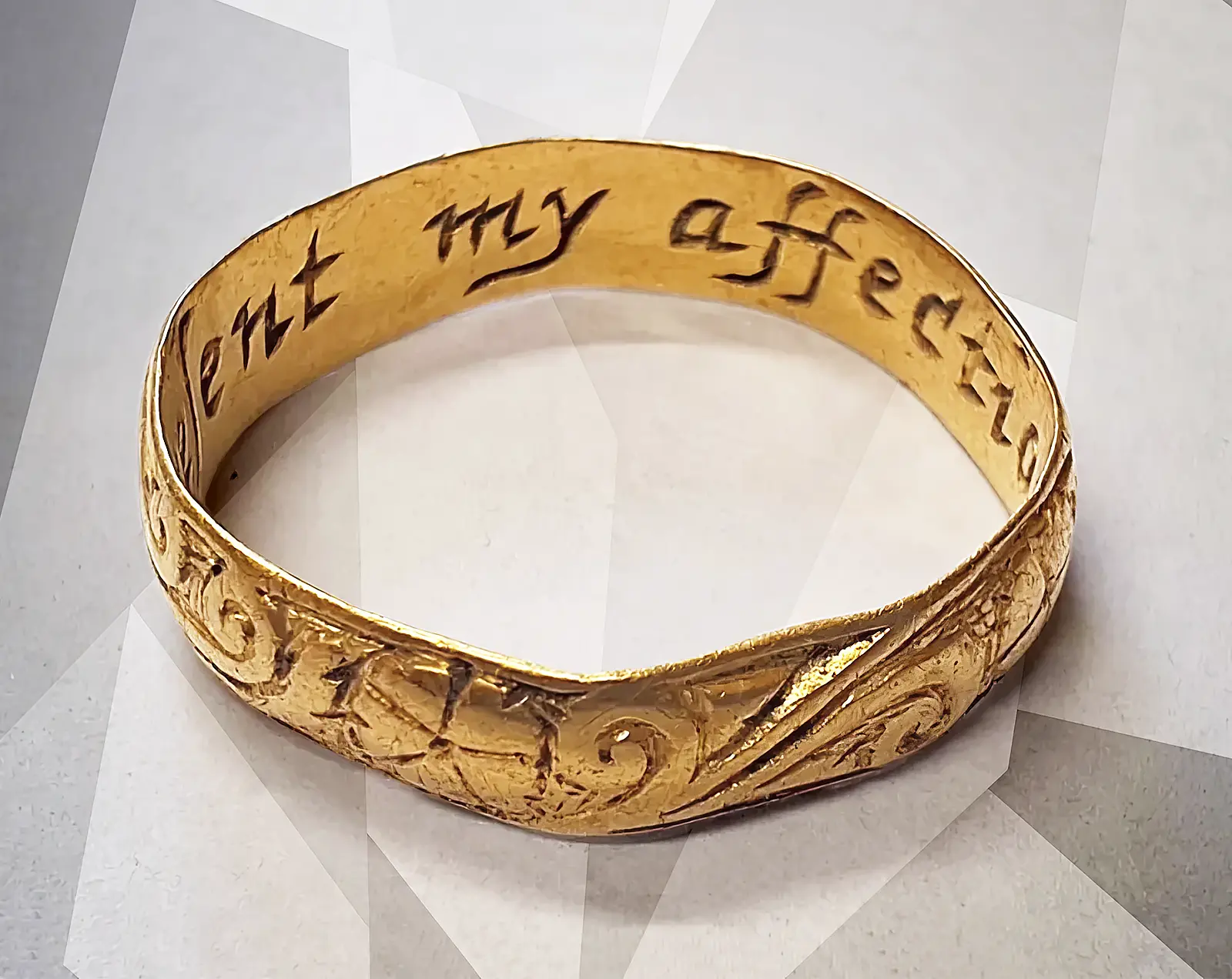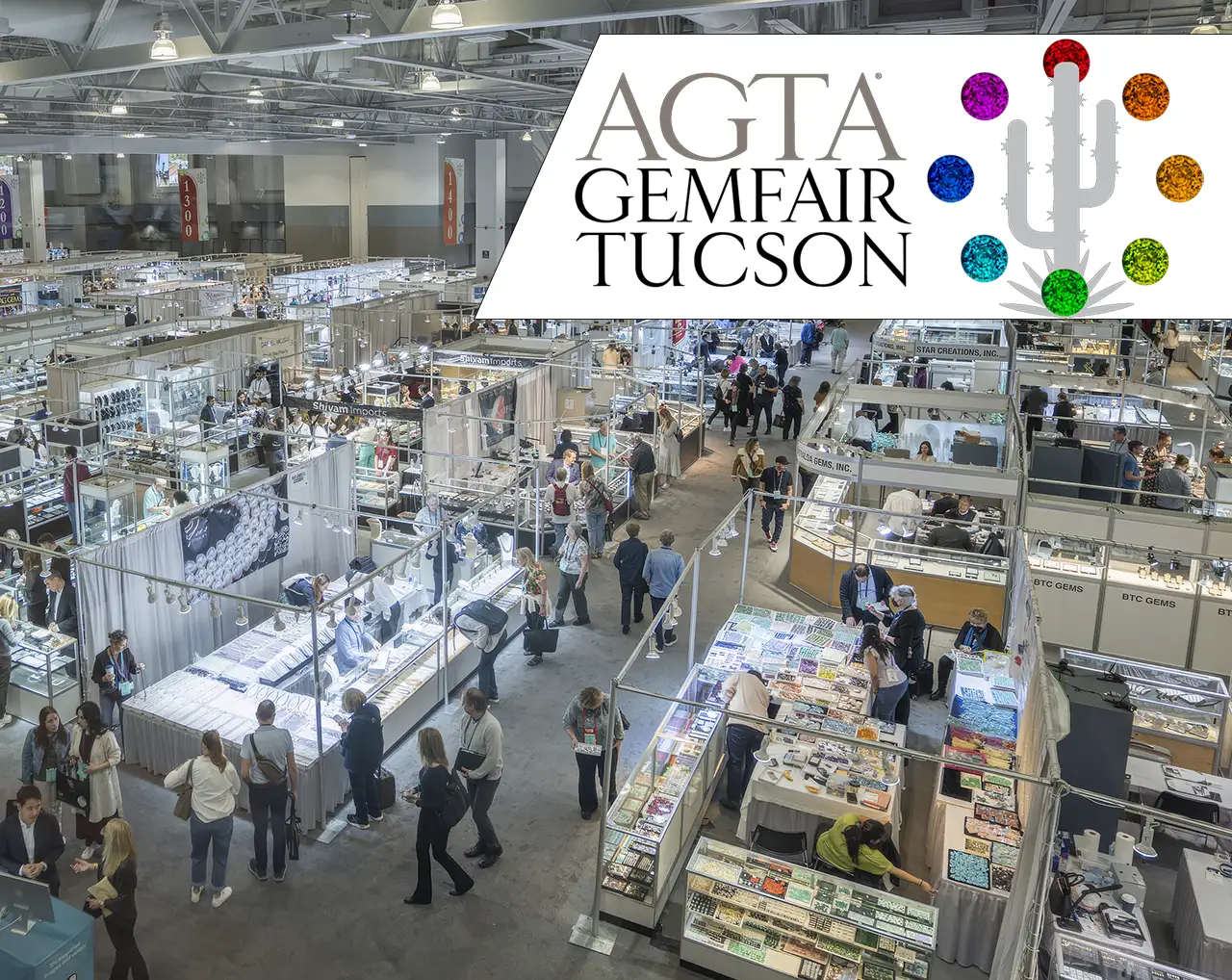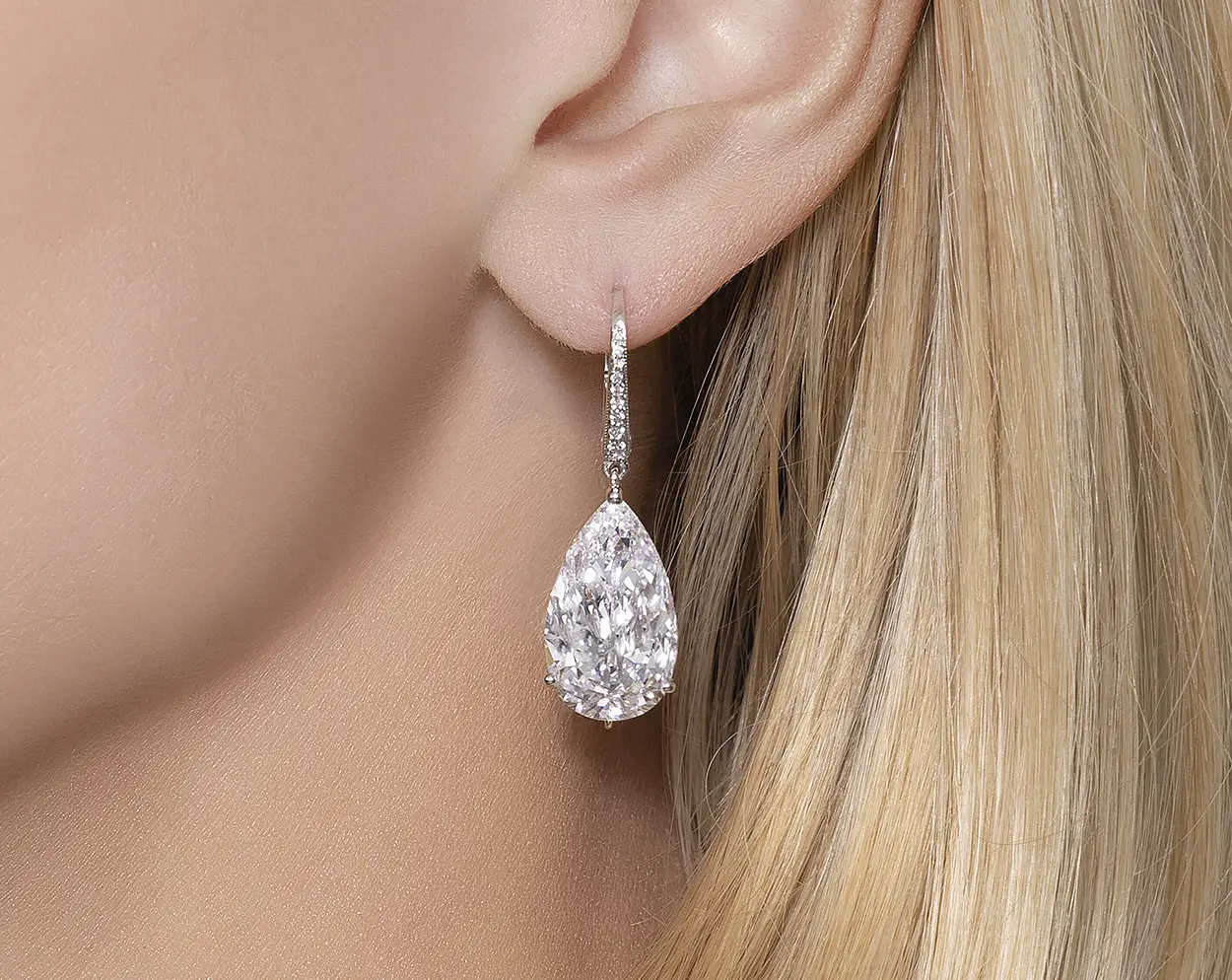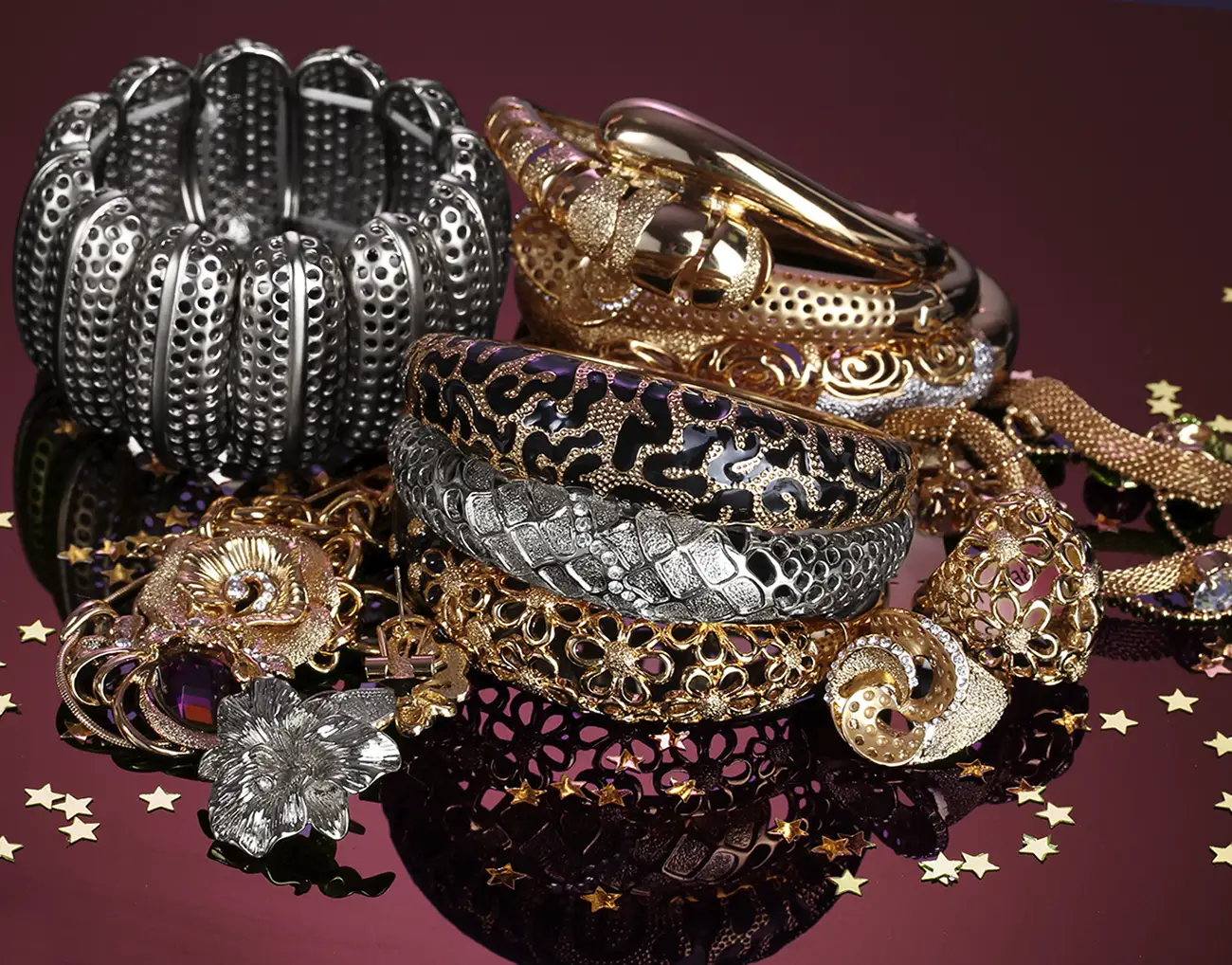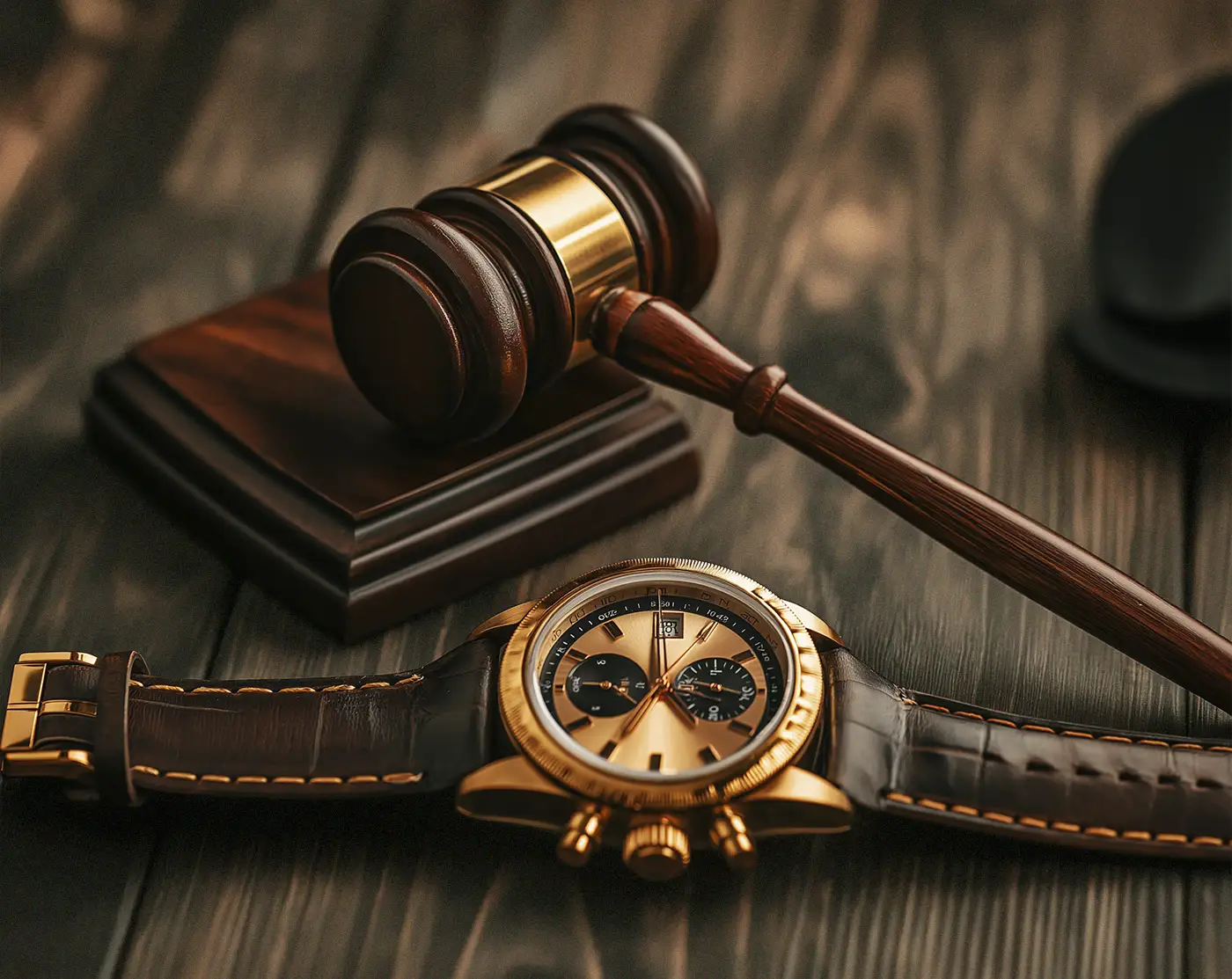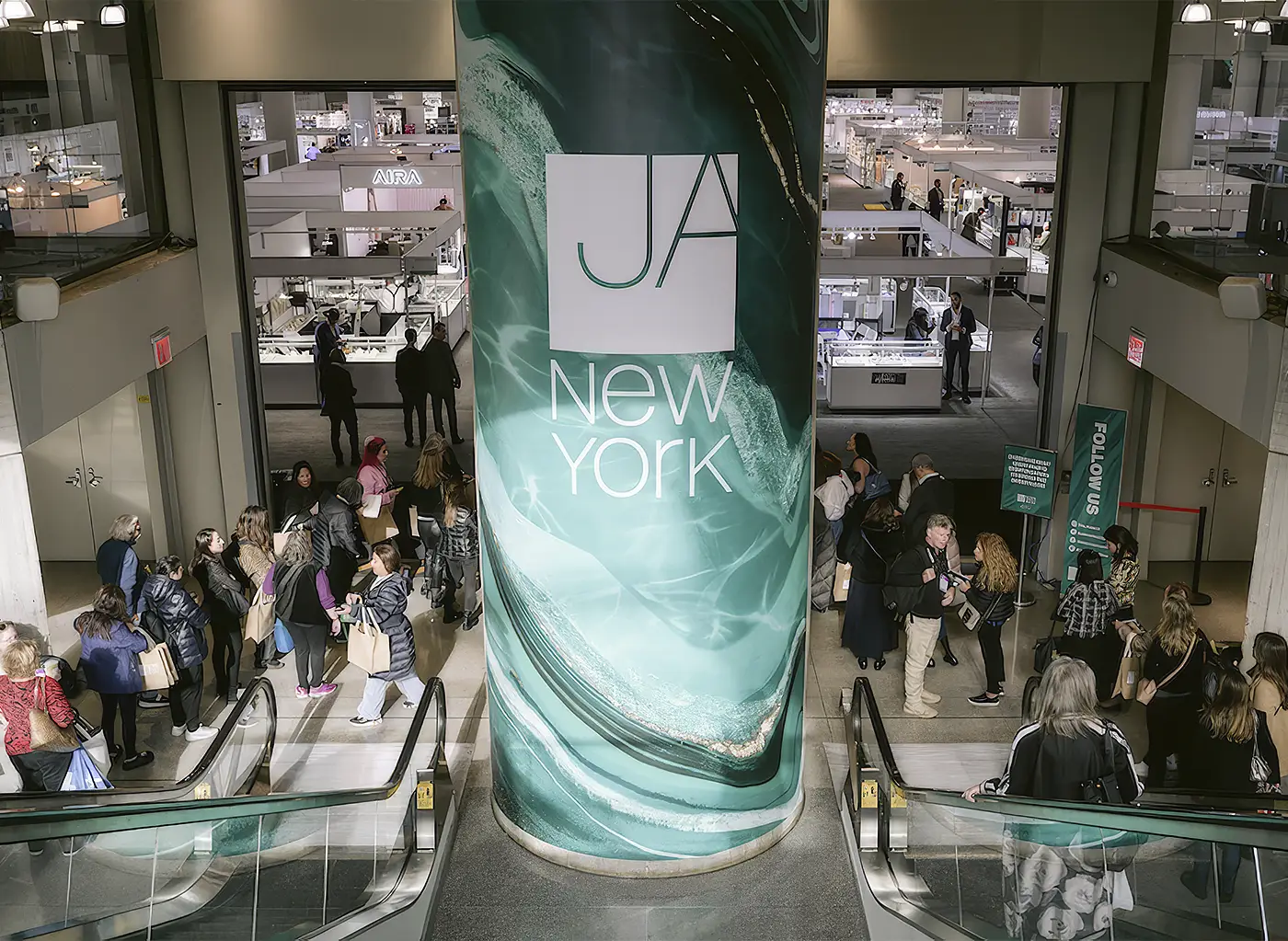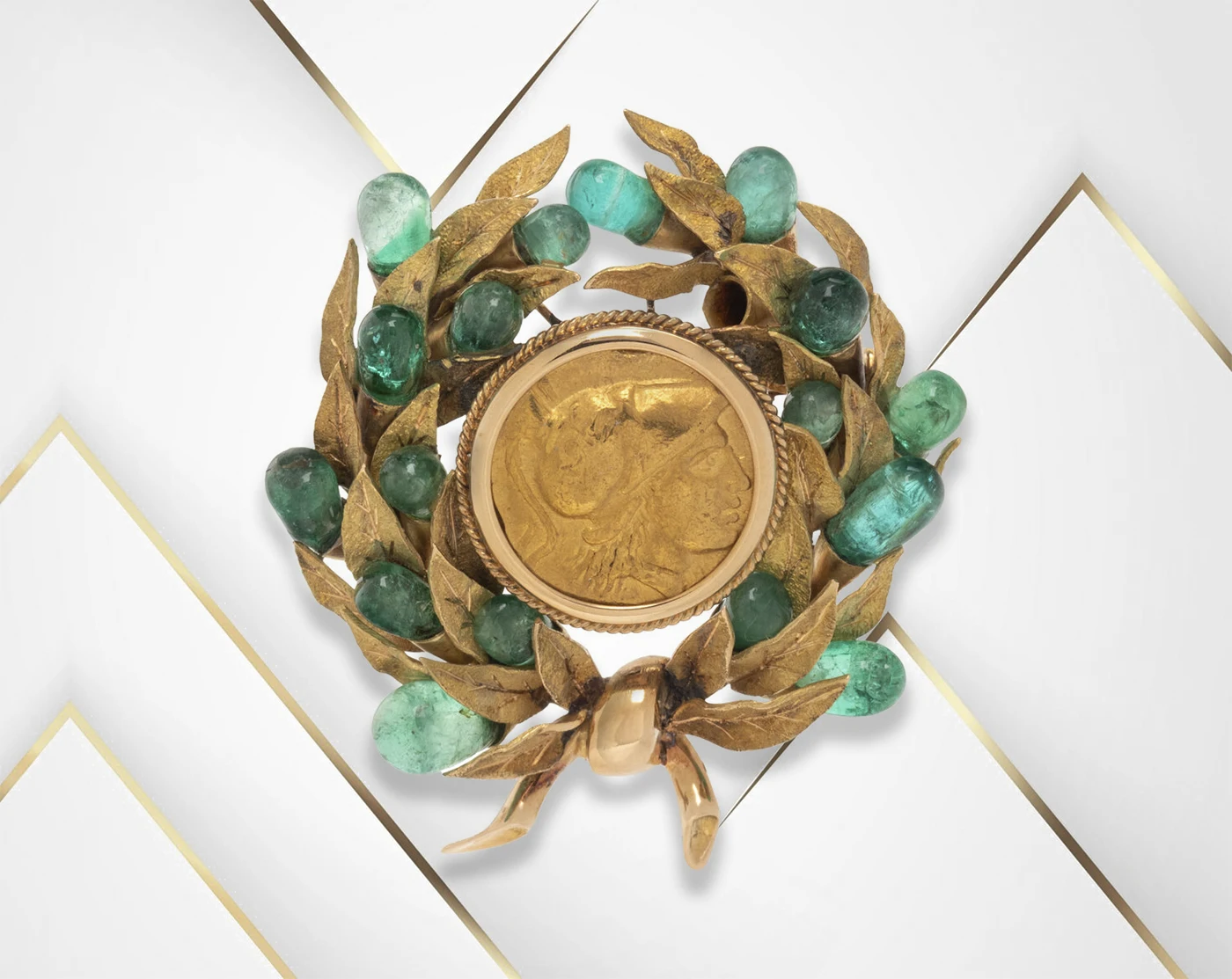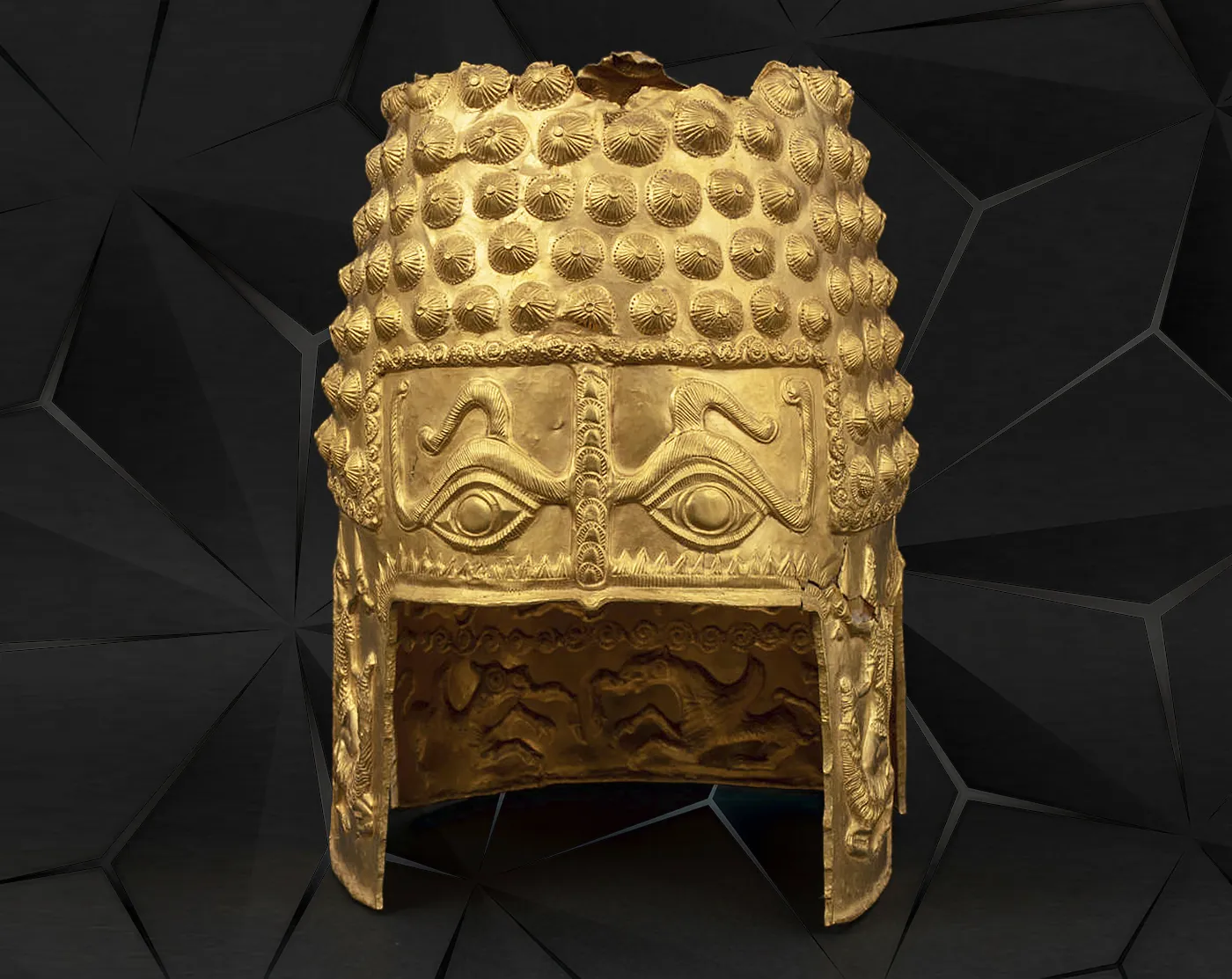The so-called “sunrise period” is a period of time specifically given to businesses to adapt to the changing market conditions, in this case, the stricter sanctions that are going to be enforced. The EU has announced that it will prolong this period for Russian diamonds till September 1 of this year, when a new traceability system will be implemented. Also, a new “grandfathering” clause introduces exemptions for the products that have been created before the sanctions were put in place. The new changes have been adopted as a part of the 14th EU package of anti-Russian sanctions on the 24th of June, 2024. Essentially, they constitute an addition to the 12th package but provide clarifications for certain types of goods.
During the Q&A session, EU representatives commented that the sunrise period was extended to lay out the groundwork for introducing the traceability system for the Group of Seven countries. The changes also respond to the appeals of major diamond industry players such as De Beers who want to use old documentation to prove the non-Russian origin of stones.
However, starting in September 2024, all diamond businesses have to comply with a traceability certification system if they want to import diamonds larger than 0.5 carats.
Some “grandfathering” exemptions for products that were manufactured before the import ban were also introduced. For example, they concern Russian diamonds and jewelry featuring them that had been imported into other countries before January 1, 2024. As for the stones and items sourced and produced after this date, Russia no longer profits from them, according to the EU representatives.
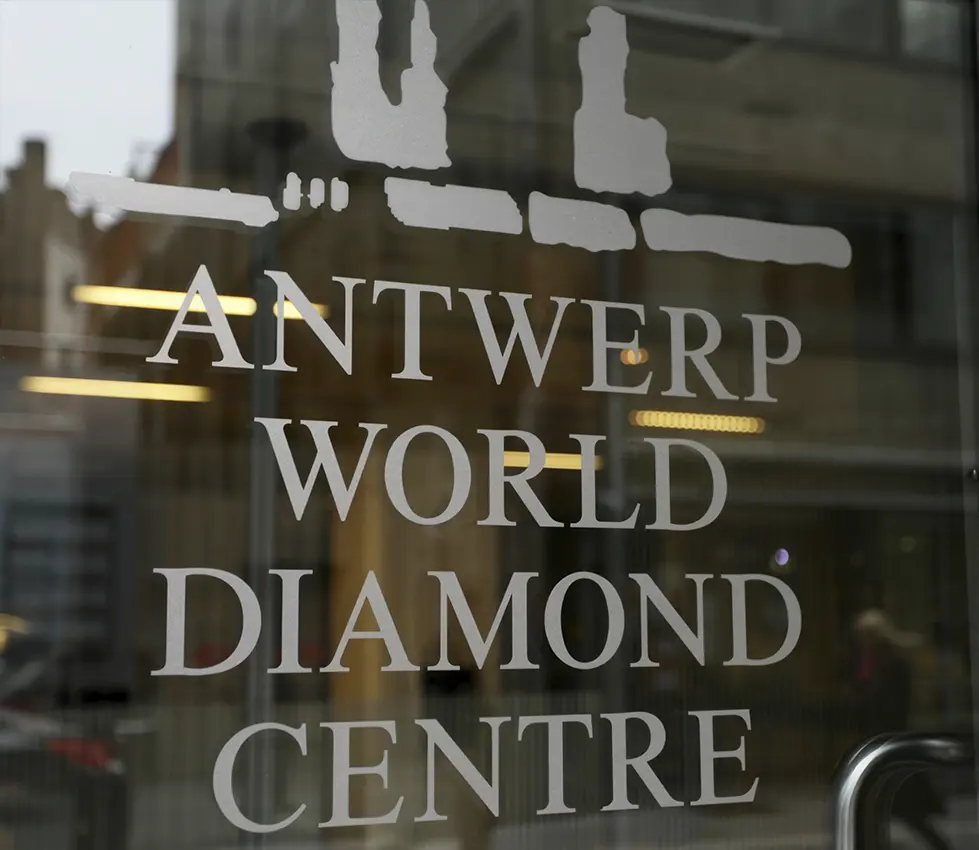
The Antwerp World Diamond Center has expressed its excitement over the fact that the fate of predating goods has been finally settled. The thing is, banning “the grandfathering stock” would inadvertently affect multiple diamond and jewelry companies that no longer have any dealings with Russia but have had some ties with it before the war. Plus, it would do little to decrease Russian revenues, as the country no longer profits from such goods.
Particular exemptions have been set for jewelry featuring Russian diamonds that isn’t exported for trade but for repairs and exhibitions. In the future, there might be bans on jewelry pieces featuring Russian diamonds that have been produced or assembled in other countries.
Earlier this month, De Beers and some other industry players made an appeal to prolong the sunrise period concerning Russian diamonds in G7 for a year. However, it is only up to individual country members as well as the European Union to decide on what the period is going to be. As for the U.S., the country currently demands certification for stones of 1 ct or smaller and will extend its requirements to 0.5 ct starting in the fall. A similar grandfathering clause has been proposed by the most recent jewelry delegation in the capital. It’s only a matter of time before it gets adopted.

